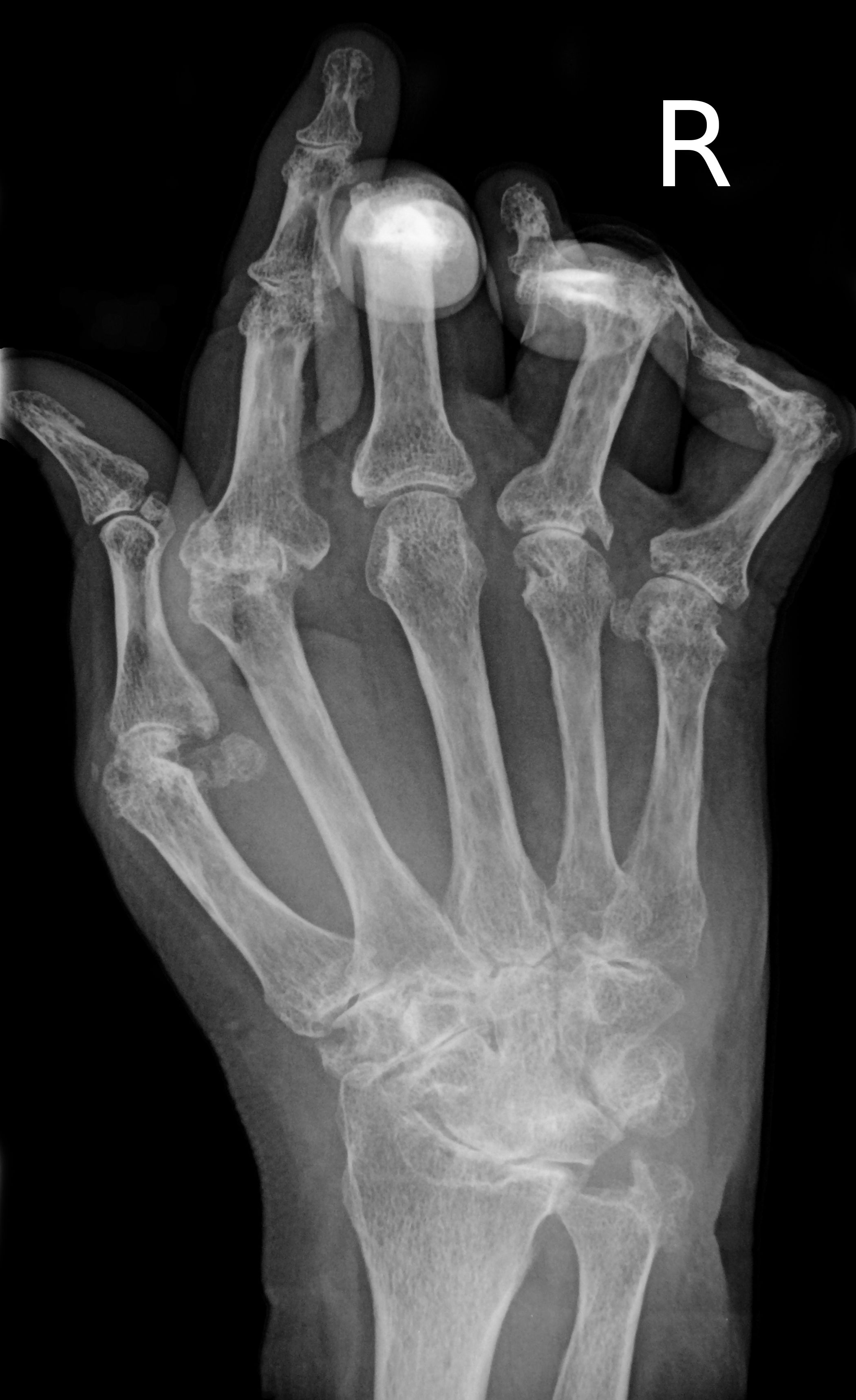In the US, more than 46 million people suffer from Rheumatoid Arthritis (RA). Even though the incidence of RA has been on the decline over the last several decades, it's painful and debilitating to those who suffer from it.
The modern mainstay of arthritis treatment is the use of a class of drugs known as DMARDs (disease-modifying anti rheumatic drugs). This class of drugs has done much for affected patients in terms of improving quality of life and slowing progression of disease. That being said, complementary treatments are still an important part of therapy for those affected by this condition.
What are these "complementary treatments" you ask? Here are some examples:
Anti-Inflammatory diets, such as the Mediterranean diet, are helpful in controlling inflammation. Some of the important elements of these diets include fish, vegetables, and olive oil.
Heat and cold therapies are effective for acute pain. For joint stiffness, heat seems to have best effect, while cold is more useful for numbing acute pain.
Rest is indicated for those experiencing joint pain and stiffness; however, exercise is also important for maintaining flexibility, but perhaps should be tailored to fit the individual.
Other important complementary therapies for RA include acupressure, yoga, massage, and guided imagery.
Sources: Advance Healthcare Network; Wikimedia; RheumatoidArthritis.net

Comments
Post a Comment